Greenpoint Terminal Market
Known as the "Forgotten City" it was home to industry, riots, artists, squatters, and to one of the largest single disaster fires in New York City.
Greenpoint Terminal Market, located on West Street running from the foot of Greenpoint Avenue to Calyer Ave, was an industrial powerhouse which once hosted the largest manufacturer of maritime rope in the USA, the American Manufacturing Company. The enormous “market” was also home to a sugar refinery and maritime warehouse operations. At it’s height it employed more than 2,500 people and covered six city blocks.
As a large industrial employer it was also the site of clashes over workers rights. In 1910 over 500 striking workers clashed with police outside the warehouse over their rights. Apparently the women fighters were particularly violent. From a 1910 NYTimes article
“Stones were hurled and heads were broken. Man and women had their clothes torn nearly off them. The policemen had to fire their revolvers to keep the mob back until reserves came to their aid from neighboring station houses. The men kept in the background, putting the women forward and urging them to fight, the police say, with all, the fury of Wildcats.
‘It would have been easier.” said Capt. Coleman of the Greenpoint Avenue Station. who directed the police, “if we had had to face only the men. A few punches with the nightsticks would have done the work, but what could we do with an army of furious women, who fought with rocks, clubs. handfuls of dirt and cinders or anything they could lay their clutches on?”
Despite this compelling scene, it wasn’t long until the work, and workers, had moved away. The Terminal Market was almost completely empty by the 1980s, a relic of Greenpoint’s industrial past. In the 1990s and early 2000s the buildings, enormous and vacant, became home to more creative expressions, serving as a site of secret all night art parties, generator powered punk rock shows, urban exploration, raccons, possums, feral dog packs, and a homeless community. It was during this period the building earned the name the “Forgotten City.”
The complex suffered a horrific fire in 2006. An “all hands” five alarm fire, it was the largest single disaster in New York City since the September 11th attacks. It took 350 firefighters and 70 individual units to quell the blaze.
Despite a Polish immigrant named Leszek Kuczera confessing to accidentally setting the fire - he said he set a large pile of rags on fire while drunk and stripping copper wires - suspicions of foul play were high. Developer Joshua Guttman bought the site in 2001 and with a recent deal for 420 million dollars having fallen through, and the threat of the space being historically landmarked - there were strong economic motivators for clearing the land. Gutman was also involved in a suspicious fire in Dumbo in 2004, leaving many people wondering.
Leszek Kuczera later recanted his story, and a friend came forward to say that on that morning of the fire the two of them were having breakfast some 80 miles away. Kuczera has since been deported to Poland where, on a happier note, he reunited with his wife, got sober, and “goes fishing a lot.” Kuczera still denies having set the fire.
Today, although some of the spaces in the remaining buildings at 67 West still remain vacant, they are filling up fast with artists and small businesses.
Be sure to walk all the way past the door marked 67 West and take a look at the wooden cobblestones, that line the street in front of the wood furniture shop “From The Source,” these are thought to be the last wooden cobblestones - once common - left in all of New York.
Lastly go through the recently installed glass doors (don’t be shy) and all the way down the alleyway to the to get the full feel of the building and see an incredible staircase.
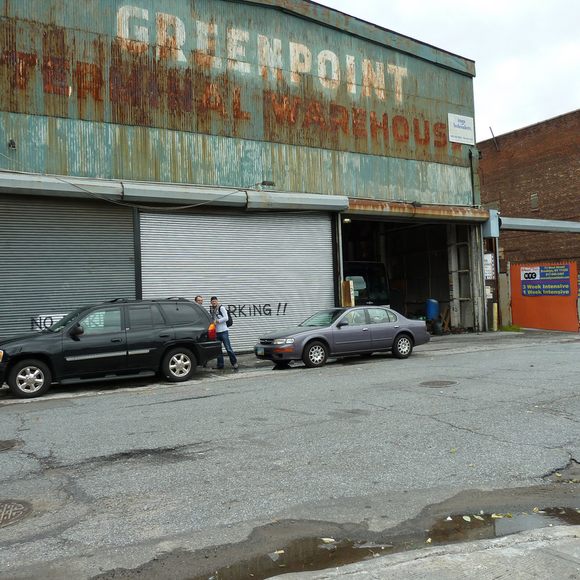

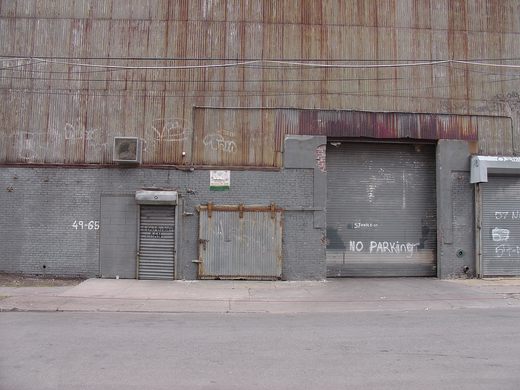

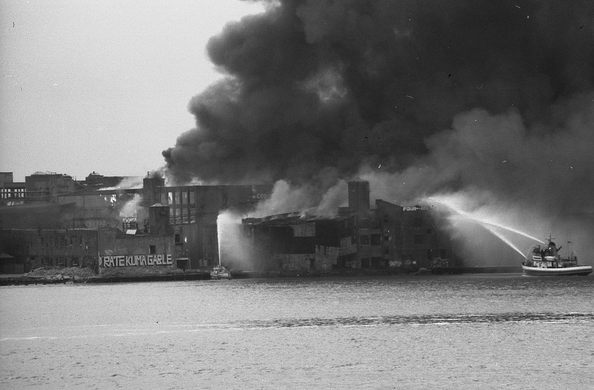









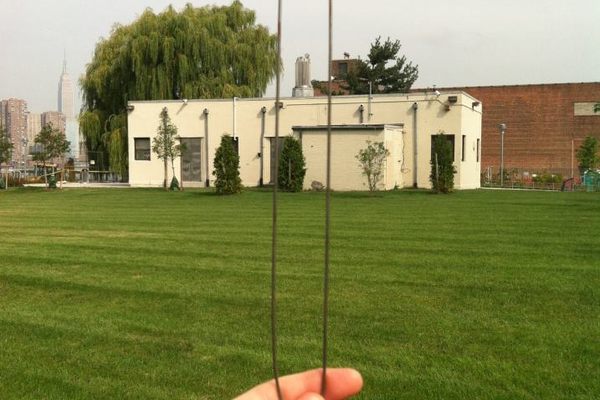
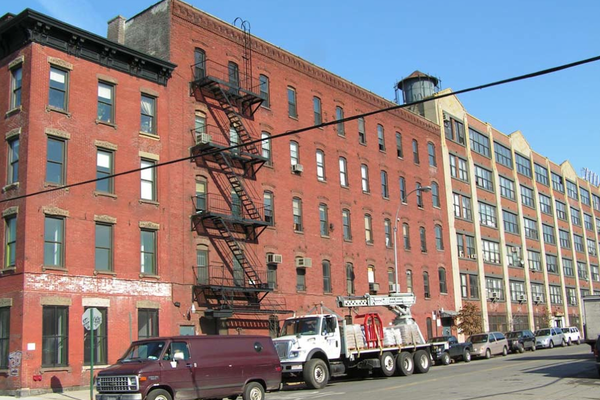



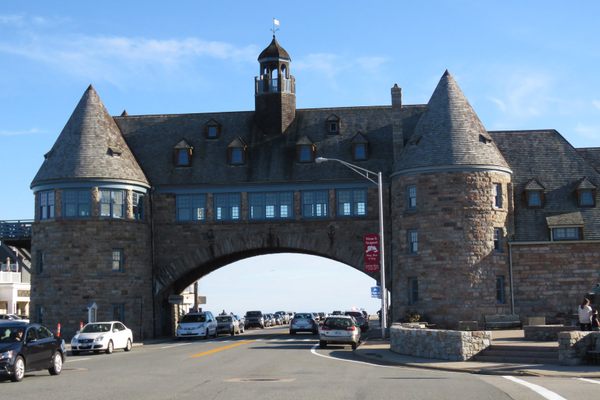


Follow us on Twitter to get the latest on the world's hidden wonders.
Like us on Facebook to get the latest on the world's hidden wonders.
Follow us on Twitter Like us on Facebook